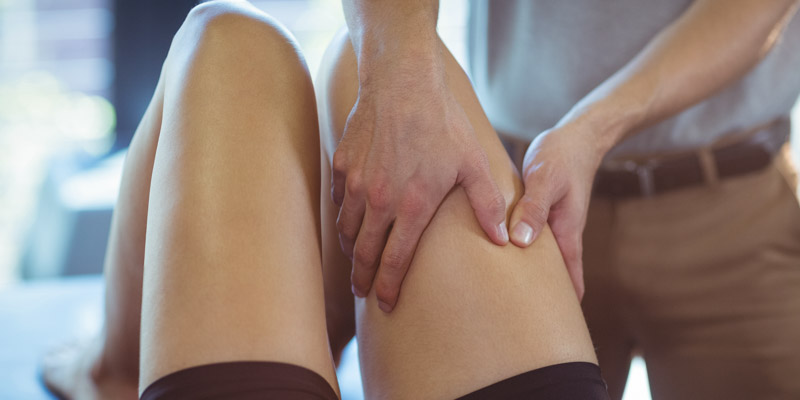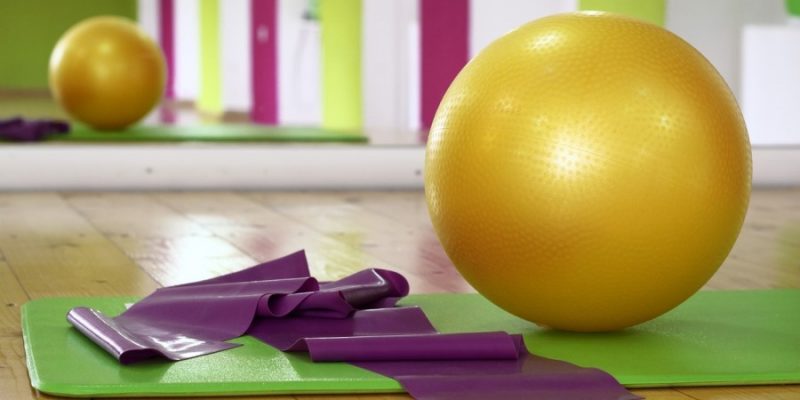
Many people suffer from muscle spasms during their calisthenics workout. Muscle spasms result from overstretching or injury to a muscle, which causes it to contract involuntarily.
They can occur for many different reasons, but they are prevalent during workouts because of all the jumping and push-ups. Also, if you are new to calisthenics, your muscles may not be used to this type of workout and may therefore be more susceptible to spasms.
If you are suffering from muscle spasms during your workout, there are a few things you can do to get rid of them. Check out the tips below.
Stretch Out The Muscle That Is Spasming.
A few simple stretches can help loosen up the muscle spasming. One easy stretch is to lay on your back with one leg bent and the other straight. Place a band around the ball of your foot, then pull the band towards your chest.
Hold for 30 seconds, then switch legs. You can also do a seated hip flexor stretch by sitting with your legs crossed then leaning forward until you feel a stretch in your glutes. Again, hold for 30 seconds before releasing.
Or, try the simple calf stretch:
1. Stand facing a wall, then place your hands on the wall at shoulder height.
2. Step forward with one leg and keep your heel on the ground.
3. Lean into the wall until you feel a stretch in your calf muscle.
4. Hold for 30 seconds, then switch legs.
If you’re still having trouble loosening up the spasming muscle, try foam rolling! Place the roller under the muscle and roll back and forth slowly. You can also use a tennis ball or lacrosse ball. The key is to be gentle and take your time. You don’t want to further injure the muscle by stretching it out too quickly.
Take Anti-pain Medication If Necessary.
There’s no denying that muscle spasms are a pain, quite literally. And while there are many ways to deal with them, the most important thing is to listen to your body and take whatever measures are necessary to ease the spasm.
It might mean taking over-the-counter medication or even prescription drugs. For example, ibuprofen and acetaminophen are two of the most common types of pain relief drugs, and both are available without a prescription.
But if the spasm is horrible, your doctor might prescribe something more substantial. For example, muscle relaxants can help ease muscle tension and stop spasms from happening in the first place.
Consider using the BuzzRX prescription discount App & Get up to 80% off on your medication.
Apply A Heating Pad To The Area To Help Relax The Muscle.
Muscle spasms can be excruciating, and sometimes the only thing that provides relief is a heating pad. Applying heat to the spasming muscle can help to relax it and ease the pain.
If you don’t have a heating pad, a warm towel or warm compress will work just as well. Just make sure not to put anything too hot on your skin, as you could burn yourself.
If the muscle spasm is in your back, you may find it helpful to lie down on your stomach and place the heating pad directly on the area. For leg or foot cramps, try placing the heat source on the floor and putting your affected limb over it.
You can also try soaking in a warm bath to help relax your muscles. Adding Epsom salt to the water can further help to relieve pain and inflammation. Just make sure not to stay in too long, as you don’t want to overheat your body.
Drink Plenty Of Water.
It’s easy to forget about drinking water when you’re too focused on working out. But staying hydrated is key to maintaining your energy and preventing muscle cramps. So make sure you’re sipping on water throughout the day, especially before, during, and after your workout.
Your body is made up of mostly water, so it makes sense that you need to replenish your supply often. Or else, you’ll start to feel the effects of dehydration pretty quickly. Even mild dehydration can cause headaches, fatigue, and dizziness. So if you’re feeling any of those symptoms, make sure to grab a water bottle stat.
Of course, everyone’s hydration needs are different. Depending on how active you are, the climate you live in, and your overall health, you might need more or less water than the person next to you.
But a good rule of thumb is to drink eight ounces of water eight times per day. That comes out to about 64 ounces or half a gallon. And when in doubt, listen to your body, which means if you’re thirsty, drink up!
Bottomline
Calisthenics is a form of exercise that utilizes your body weight as resistance. This type of workout is often recommended for beginners because it is relatively low-impact and easy to modify. However, even experienced gym-goers can experience muscle spasms during a calisthenics workout. If you’re experiencing muscle spasms, try taking a break, modifying the exercise, or doing the tips mentioned above until the spasm subsides.













